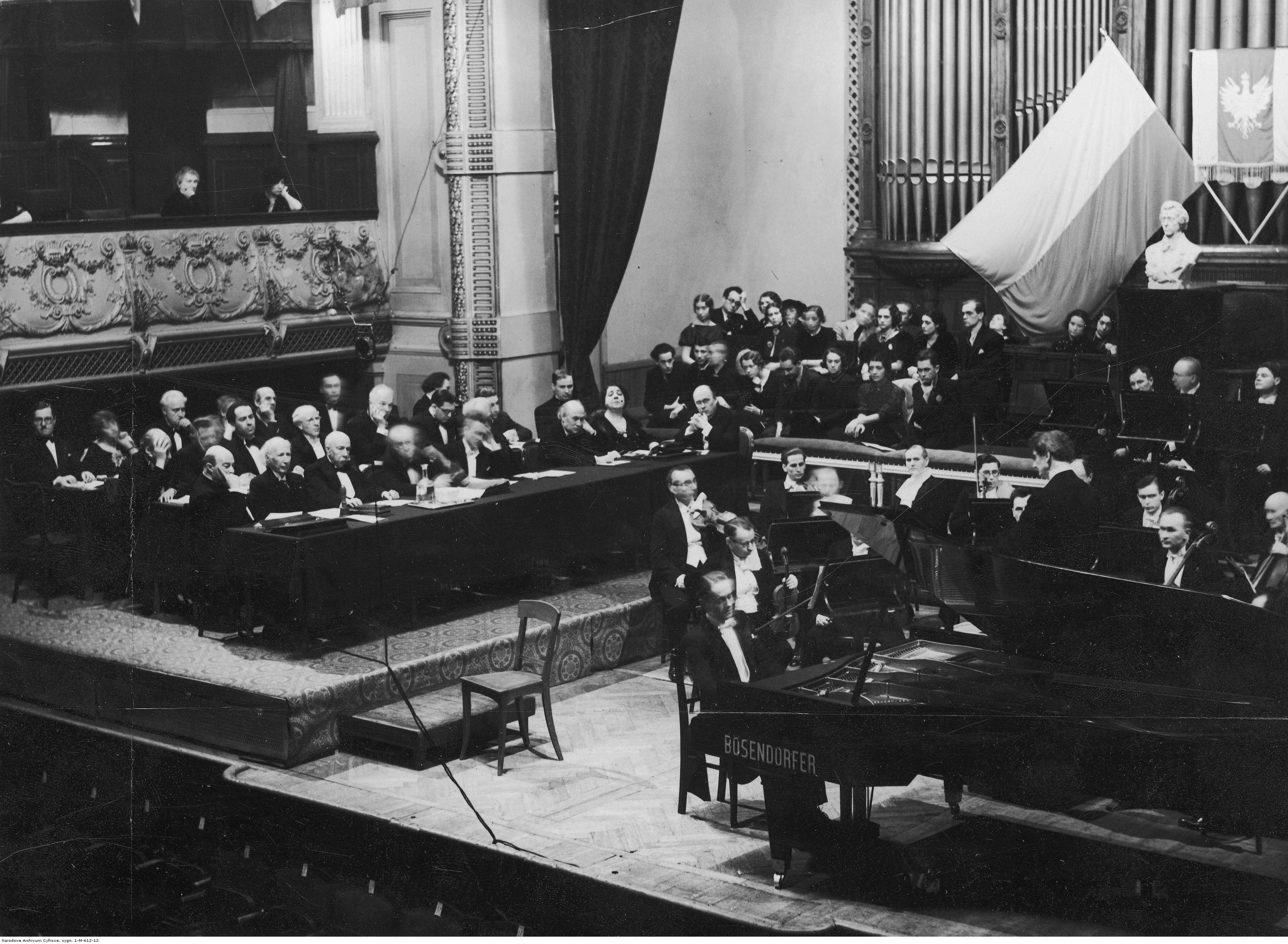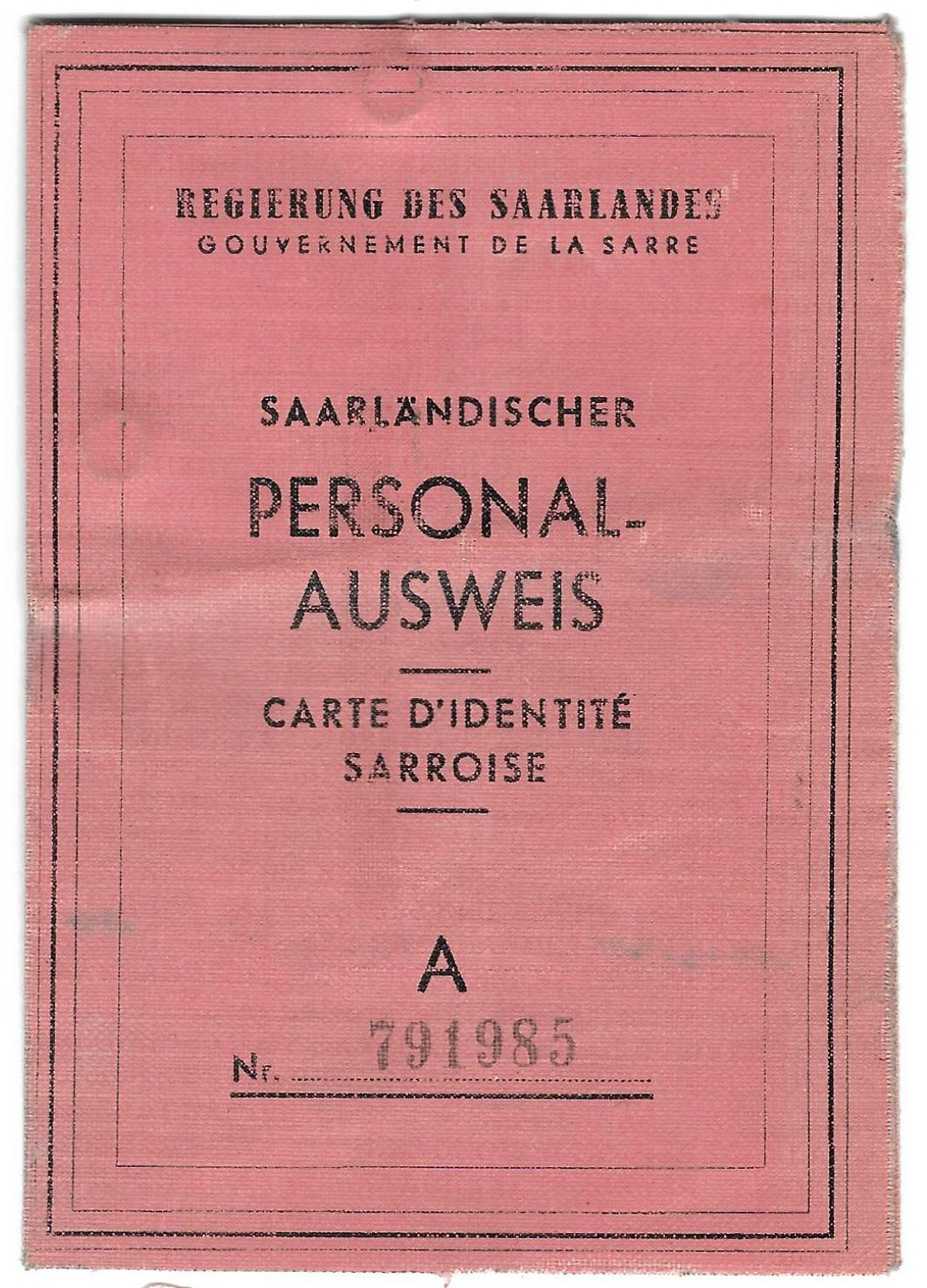|
Markneukirchen
Markneukirchen () is a town in the Vogtlandkreis district, in Saxony, Germany, close to the Czech Republic, Czech border. It lies in the Elster Mountains (part of the Fichtel Mountains), southeast of Plauen, and northeast of Aš (Czech Republic). Markneukirchen is the main town of the small musical instrument-making region Musikwinkel, known for four centuries for high quality brass, woodwind and string instruments. Within this small locality, 113 different enterprises are involved in making musical instruments. They rely on traditional methods but sell all over the world.The sweet sound of success BBC News, by Stephen Evans, 17 March 2013 The town is home to the Museum of Musical Instruments founded in 1883 by ''Paul Otto Apian-Bennewitz''. It hosts an annual International Instrumental Music competition, Competition and ... [...More Info...] [...Related Items...] OR: [Wikipedia] [Google] [Baidu] |
Erlbach, Saxony
Erlbach is a village and a former municipality in the Vogtlandkreis district, in Saxony, Germany. Since 1 January 2014, it is part of the town Markneukirchen. The village was considered a ''Luftkurort'' until 2022, which is a certification for resort locations in Germany. References External links * Former municipalities in Saxony Markneukirchen {{Saxony-geo-stub ... [...More Info...] [...Related Items...] OR: [Wikipedia] [Google] [Baidu] |
Adorf
Adorf () is a small town and Municipalities in Germany, municipality in the Vogtlandkreis to the south-west of the Saxony, Free State of Saxony, Germany. Gettengrün, a village within the municipality, borders on the Czech Republic. Etymology The name ''Adorf'' can be understood to mean "village on the water", the "''A''-" coming from an Old High German word for a stream or river (''aha''). ''Dorf'' is the Modern German word meaning village. History Adorf was founded around 1200. In 1293 it gained the status of a "town". The town walls were commenced in 1477. Industries developed because of its favorable position and transport links: crafts, Spinning (textiles), spinning, weaving, embroidery working with mother-of-pearl and musical instrument making. The Johanniskirche was constructed in 1498. The town was destroyed by fire in 1768. The Freiberger Tor, the last remaining town gate in Vogtland, was rebuilt between 1768 and 1773 with a wooden framed upper storey. The current Sea ... [...More Info...] [...Related Items...] OR: [Wikipedia] [Google] [Baidu] |
Arnold Voigt
Arnold Voigt (1864 - 1952) is a stringed instrument maker and luthier of the 19th to 20th century. He was born in Markneukirchen, and worked there from 1890 till his death. During that time, he made copies of Stradivari and other types of Cremonese Cremona ( , , ; ; ) is a city and (municipality) in northern Italy, situated in Lombardy, on the left bank of the Po (river), Po river in the middle of the Po Valley. It is the capital of the province of Cremona and the seat of the local city a ... violins. He was a student of Heberlein. He was the first of the Voigt family to settle in England (from 1885 and 1890) and some of his stringed instruments, especially his violins, were made there. The family of Voigt is largely associated with the London-based firm of that name, but it is true that the Voigt family never really gave up its German roots. This was truly a large family - the French authority René Vannes lists no less than 43 violin makers of that name. Arnold Voigt (1864 ... [...More Info...] [...Related Items...] OR: [Wikipedia] [Google] [Baidu] |
Vogtlandkreis
The Vogtlandkreis () is a ''Landkreis'' (List of German rural districts, rural district) in the southwest of Saxony, Germany, at the borders of Thuringia, Bavaria, and the Czech Republic. Neighbouring districts are (from south clockwise) Hof (district), Hof, Saale-Orla, Greiz (district), Greiz, Zwickau (district), Zwickau, and Erzgebirgskreis. It is the southernmost district in the state. Plauen is the administrative centre and largest city of the district. Other major cities ''(Große Kreisstadt, Große Kreisstädte)'' are Reichenbach im Vogtland, Auerbach (Vogtland), Auerbach, and Oelsnitz, Vogtland, Oelsnitz im Vogtland. History The Vogtland became part of the Holy Roman Empire under king Conrad III of Germany, Conrad III in the 12th century. In 1209, the minister dynasty administrating the area was split into three areas, Weida, Greiz and Gera-Plauen. When centralized power over the area decreased, county leaders, local administrators, called in Latin ''advocatus'' or in Germa ... [...More Info...] [...Related Items...] OR: [Wikipedia] [Google] [Baidu] |
World Federation Of International Music Competitions
The World Federation of International Music Competitions (WFIMC) is an organization based in Geneva, Switzerland that maintains a network of the internationally recognized organisations that aim to discover the most promising young talents in classical music through public competition. It was founded in 1957, and now 120 of the world's leading music competitions are members of the federation. Member organizations by year of membership 1950s 1957 (Founding members) * ARD International Music Competition, Munich * Budapest International Music Competition, (Cello, Conducting & Piano) Franz Liszt International Piano Competition, Budapest * Ferruccio Busoni International Piano Competition, Bolzano * Frédéric Chopin International Piano Competition, Warsaw * Geneva International Music Competition, Geneva * Gian Battista Viotti International Music Competition, Vercelli * Henryk Wieniawski International Violin Competition, Poznań * Marguerite Long – Jacques Thibaud Intern ... [...More Info...] [...Related Items...] OR: [Wikipedia] [Google] [Baidu] |
Saarland
Saarland (, ; ) is a state of Germany in the southwest of the country. With an area of and population of 990,509 in 2018, it is the smallest German state in area apart from the city-states of Berlin, Bremen, and Hamburg, and the smallest in population apart from Bremen. Saarbrücken is the state capital and largest city; other cities include Neunkirchen and Saarlouis. Saarland is mainly surrounded by the department of Moselle (Grand Est) in France to the west and south and the neighboring state of Rhineland-Palatinate in Germany to the north and east; it also shares a small border about long with the canton of Remich in Luxembourg to the northwest. Having long been a relatively small part of the long-contested territories along the Franco-German linguistic border, Saarland first gained specific economic and strategic importance in the nineteenth century due to the wealth of its coal deposits and the heavy industrialization that grew as a result. Saarland was first est ... [...More Info...] [...Related Items...] OR: [Wikipedia] [Google] [Baidu] |
Heusweiler
Heusweiler (; Saarlandic: ''Heiswiller''; older ) is a municipality in the District of Saarbrücken, Saarland, Germany. It is situated approximately 13 km north of Saarbrücken Saarbrücken (; Rhenish Franconian: ''Sabrigge'' ; ; ; ; ) is the capital and largest List of cities and towns in Germany, city of the state of Saarland, Germany. Saarbrücken has 181,959 inhabitants and is Saarland's administrative, commerci .... As of 2019, it has 18,062 inhabitants. Heusweiler is the location of a high power medium wave transmitter, the transmitter Heusweiler. References Saarbrücken (district) {{Saarland-geo-stub ... [...More Info...] [...Related Items...] OR: [Wikipedia] [Google] [Baidu] |
Common Ownership
Common ownership refers to holding the assets of an organization, enterprise, or community indivisibly rather than in the names of the individual members or groups of members as common property. Forms of common ownership exist in every economic system. Common ownership of the means of production is a central goal of socialist political movements as it is seen as a necessary democratic mechanism for the creation and continued function of a communist society. Advocates make a distinction between collective ownership and common property (the commons) as the former refers to property owned jointly by agreement of a set of colleagues, such as producer cooperatives, whereas the latter refers to assets that are completely open for access, such as a public park freely available to everyone. Christian societies The Early Church of Jerusalem shared all their money and possessions (Acts of the Apostles 2 and 4). Inspired by the early Christians, many Christians have since tried to ... [...More Info...] [...Related Items...] OR: [Wikipedia] [Google] [Baidu] |
East Germany
East Germany, officially known as the German Democratic Republic (GDR), was a country in Central Europe from Foundation of East Germany, its formation on 7 October 1949 until German reunification, its reunification with West Germany (FRG) on 3 October 1990. Until 1989, it was generally viewed as a communist state and described itself as a Socialist state, socialist "workers' and peasants' state". The Economy of East Germany, economy of the country was Central planning, centrally planned and government-owned corporation, state-owned. Although the GDR had to pay substantial war reparations to the Soviets, its economy became the most successful in the Eastern Bloc. Before its establishment, the country's territory was administered and occupied by Soviet forces following the Berlin Declaration (1945), Berlin Declaration abolishing German sovereignty in World War II. The Potsdam Agreement established the Soviet occupation zone in Germany, Soviet-occupied zone, bounded on the east b ... [...More Info...] [...Related Items...] OR: [Wikipedia] [Google] [Baidu] |
Neukirchen (other)
Neukirchen may refer to: People *Heinz Neukirchen (1915 – 1986), German naval officer and author Places in Austria * Neukirchen an der Enknach, in the Braunau am Inn district, Upper Austria * Neukirchen am Walde, in the Grieskirchen district, Upper Austria * Neukirchen an der Vöckla, in the Vöcklabruck district, Upper Austria * Neukirchen bei Lambach, in the Wels-Land district, Upper Austria * Neukirchen am Ostrong, a part of Pöggstall, Lower Austria * Neukirchen (Brunn an der Wild), a part of Brunn an der Wild, Lower Austria * Neukirchen am Großvenediger, Salzburgerland Places in Germany Bavaria * Neukirchen, Lower Bavaria, in the Straubing-Bogen district *Neukirchen-Balbini, in the Schwandorf district * Neukirchen beim Heiligen Blut, in the Cham district * Neukirchen bei Sulzbach-Rosenberg, in the Amberg-Sulzbach district * Neukirchen vorm Wald, in the Passau district * Neukirchen an der Alz, a locality of Kirchweidach in the Altötting district * Neukirchen bei Ansbach, ... [...More Info...] [...Related Items...] OR: [Wikipedia] [Google] [Baidu] |
Dresden
Dresden (; ; Upper Saxon German, Upper Saxon: ''Dräsdn''; , ) is the capital city of the States of Germany, German state of Saxony and its second most populous city after Leipzig. It is the List of cities in Germany by population, 12th most populous city of Germany, the fourth largest by area (after Berlin, Hamburg, and Cologne), and the third-most populous city in the area of former East Germany, after Berlin and Leipzig. Dresden's urban area comprises the towns of Freital, Pirna, Radebeul, Meissen, Coswig, Saxony, Coswig, Radeberg, and Heidenau and has around 790,000 inhabitants. The Dresden metropolitan area has approximately 1.34 million inhabitants. Dresden is the second largest city on the River Elbe after Hamburg. Most of the city's population lives in the Dresden Basin, Elbe Valley, but a large, albeit very sparsely populated, area of the city east of the Elbe lies in the West Lusatian Hill Country and Uplands (the westernmost part of the Sudetes) and thus in Lusatia. ... [...More Info...] [...Related Items...] OR: [Wikipedia] [Google] [Baidu] |
Bohemia
Bohemia ( ; ; ) is the westernmost and largest historical region of the Czech Republic. In a narrow, geographic sense, it roughly encompasses the territories of present-day Czechia that fall within the Elbe River's drainage basin, but historically it could also refer to a wider area consisting of the Lands of the Bohemian Crown ruled by the List of Bohemian monarchs, Bohemian kings, including Moravia and Czech Silesia, in which case the smaller region is referred to as Bohemia Proper as a means of distinction. Bohemia became a part of Great Moravia, and then an independent principality, which became a Kingdom of Bohemia, kingdom in the Holy Roman Empire. This subsequently became a part of the Habsburg monarchy and the Austrian Empire. After World War I and the establishment of an History of Czechoslovakia (1918–1938), independent Czechoslovak state, the whole of Bohemia became a part of Czechoslovakia, defying claims of the German-speaking inhabitants that regions with German ... [...More Info...] [...Related Items...] OR: [Wikipedia] [Google] [Baidu] |



